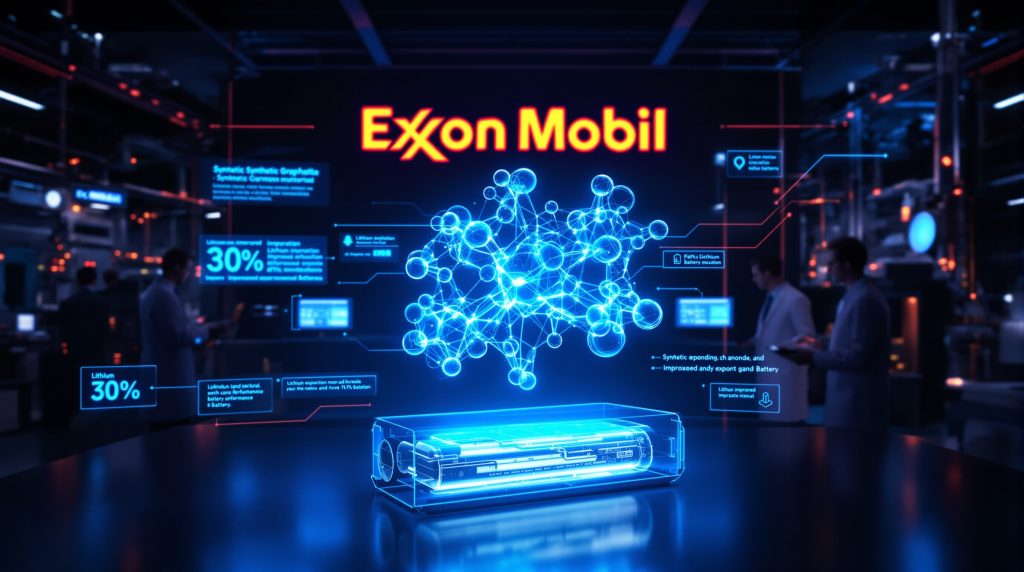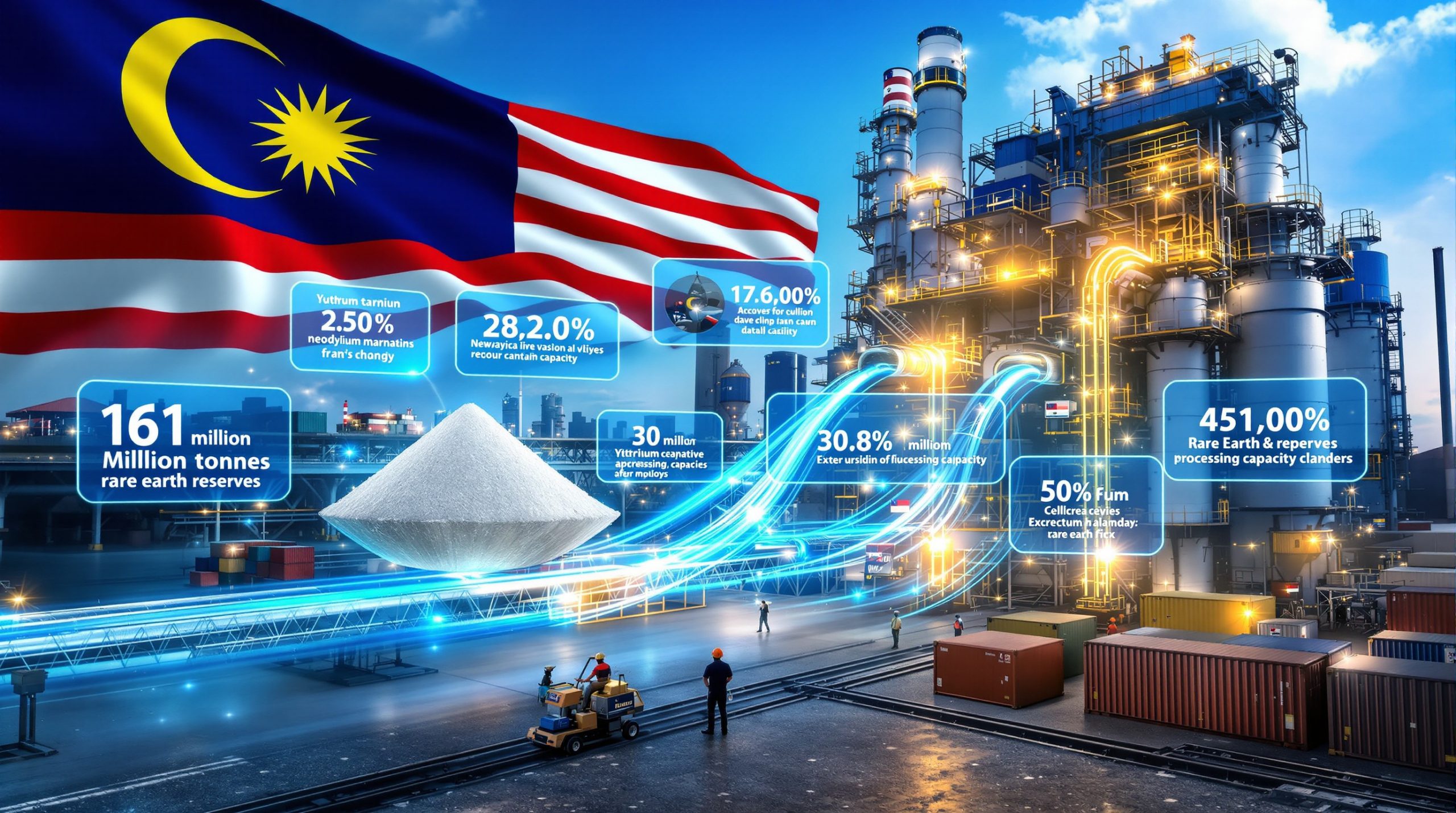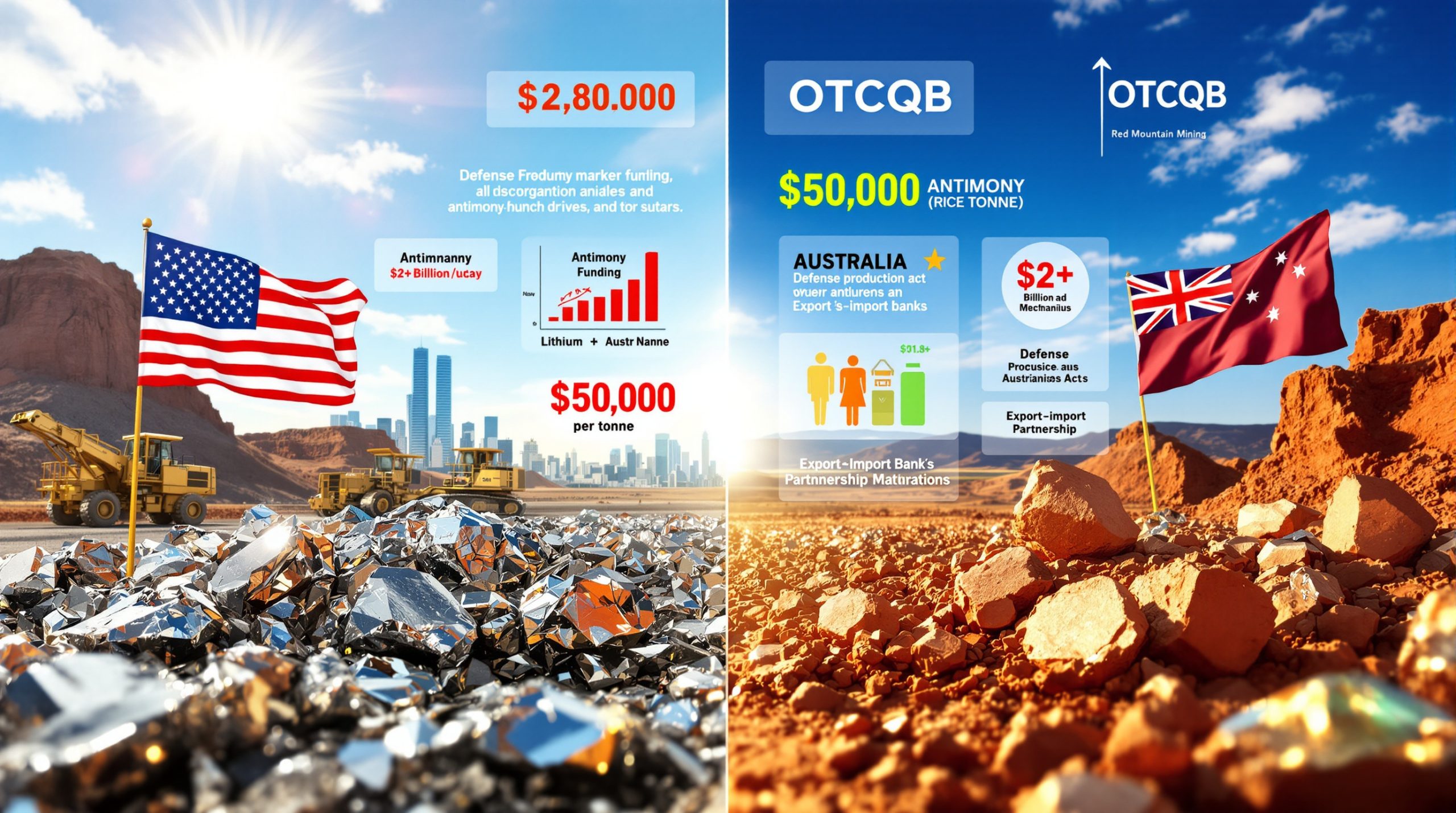How Is Exxon Mobil Revolutionizing EV Battery Technology?
The electric vehicle revolution is accelerating, but battery technology remains a critical bottleneck. Enter an unexpected innovator: Exxon Mobil. The oil giant is making strategic moves into EV battery technology that could reshape the market. Let's explore how Exxon is leveraging its expertise in carbon-based materials to potentially transform EV performance and adoption.
What Breakthrough Has Exxon Announced for EV Batteries?
Exxon Mobil recently unveiled a groundbreaking innovation in battery technology—a novel synthetic graphite molecule designed specifically for EV battery anodes. This proprietary carbon structure promises to extend battery life by approximately 30%, representing one of the most significant advancements in lithium-ion battery performance in recent years.
The innovation addresses several critical EV battery challenges:
- Extended battery lifespan: The new graphite structure reduces degradation over charging cycles
- Improved charging speed: Enhanced electron flow through the anode material
- Increased driving range: Better energy density translates to more miles per charge
- Greater durability: More stable structure under thermal and electrical stress
Several major electric vehicle manufacturers are currently testing this technology, though specific partnerships remain undisclosed. This development comes at a time when battery recycling breakthrough innovations are also gaining attention across the industry.
How Does Exxon's Synthetic Graphite Differ From Traditional Materials?
The Science Behind the Innovation
Exxon's synthetic graphite represents a fundamental shift from conventional battery materials:
| Characteristic | Traditional Graphite | Exxon's Synthetic Graphite |
|---|---|---|
| Source | Primarily mined natural graphite | Engineered from carbon-rich refinery feedstocks |
| Structure | Variable crystalline structure | Precisely engineered molecular architecture |
| Performance | Standard electron storage capacity | Enhanced electron storage and transfer |
| Manufacturing | Energy-intensive mining and processing | More controlled production process |
| Consistency | Variable quality between batches | Higher consistency in performance |
The molecular engineering behind this innovation leverages Exxon's decades of expertise in carbon chemistry. By redesigning the graphite structure at the molecular level, Exxon has created a material that maintains structural integrity through more charging cycles while facilitating faster electron transfer—the fundamental process behind battery charging and discharging.
What Strategic Moves Is Exxon Making in the EV Battery Supply Chain?
Acquisition of Superior Graphite
To accelerate commercialization of its synthetic graphite technology, Exxon recently acquired Superior Graphite, a specialized manufacturer with expertise in advanced carbon materials. This acquisition provides Exxon with:
- Established manufacturing infrastructure
- Technical expertise in graphite production
- Existing customer relationships in battery markets
- Accelerated path to commercial-scale production
The company aims to begin commercial production of its synthetic graphite by 2029, positioning itself as a major supplier to battery manufacturers worldwide.
Lithium Production Initiative
Exxon's battery strategy extends beyond graphite. The company has announced plans to extract lithium from underground brine deposits in Arkansas, targeting production beginning in 2027. This initiative aims to:
- Produce enough lithium to support manufacturing of more than 1 million EVs annually by 2030
- Establish a domestic U.S. source for this critical battery material
- Leverage Exxon's expertise in subsurface resource extraction
- Create a more integrated position in the EV battery supply chain
By simultaneously developing both lithium production and advanced graphite technology, Exxon is positioning itself as a vertically integrated supplier of critical EV battery materials. These efforts align with broader industry trends in lithium refining innovations that are transforming the global supply chain.
Why Is an Oil Giant Investing in EV Battery Technology?
Strategic Diversification
Exxon's push into EV battery materials represents a strategic pivot as the energy landscape evolves:
- Hedging against declining fossil fuel demand: As transportation electrifies, Exxon is securing a position in the growth market
- Leveraging core competencies: Applying expertise in carbon chemistry and resource extraction to new markets
- Capitalizing on regulatory trends: Positioning for government incentives supporting EV supply chains
- Building shareholder value: Diversifying revenue streams beyond traditional oil and gas
This strategy allows Exxon to maintain relevance in a decarbonizing transportation sector while applying its technical and operational strengths to emerging opportunities.
Building on Historical Battery Expertise
Interestingly, Exxon has deeper roots in battery technology than many realize. Dr. M. Stanley Whittingham conducted pioneering research on lithium-ion batteries while working at Exxon laboratories in the 1970s—work that eventually earned him a share of the 2019 Nobel Prize in Chemistry. This historical connection provides both technical foundation and strategic credibility for Exxon's current battery initiatives.
What Other EV Technologies Is Exxon Developing?
Beyond battery materials, Exxon is developing complementary technologies for the EV ecosystem:
- Thermal management fluids: The Mobil EV™ product line includes specialized coolants designed for battery temperature regulation—critical for performance and safety
- Lightweight structural materials: Advanced polymers that can reduce vehicle weight and extend range
- Battery recycling technologies: Processes to recover critical materials from end-of-life batteries
These initiatives demonstrate a comprehensive approach to the EV value chain rather than a narrow focus on battery chemistry alone. As the mining industry evolution continues, such innovations become increasingly important for sustainable resource utilization.
How Might Exxon's Innovations Impact the EV Market?
Potential Performance Improvements
If Exxon's claims about its synthetic graphite are validated in commercial applications, the impacts could be substantial:
- Extended vehicle range: 30% longer battery life could translate to comparable improvements in driving range
- Faster charging: Enhanced electron transfer could reduce charging times significantly
- Lower lifetime ownership costs: Longer-lasting batteries mean fewer replacements over vehicle lifetime
- Reduced environmental impact: More durable batteries create less waste and require fewer raw materials
These improvements address several key barriers to EV adoption, potentially accelerating market growth.
Supply Chain Implications
Exxon's entry into battery materials could also reshape supply chains:
- Reduced dependence on imported graphite: Currently dominated by Chinese production
- New domestic U.S. sources for critical materials: Both synthetic graphite and lithium
- Vertical integration opportunities: Potential for more coordinated battery material supply
- Competition with established suppliers: Could drive innovation and cost reduction industry-wide
Furthermore, these developments could help address concerns about critical minerals supply for the energy transition.
What Challenges Does Exxon Face in the EV Battery Market?
Despite its resources and technical capabilities, Exxon faces significant hurdles:
- Established competitors: Companies like CATL, LG Chem, and Samsung SDI have years of battery manufacturing experience
- Rapidly evolving technology: New battery chemistries like solid-state could disrupt current lithium-ion designs
- Scaling challenges: Moving from laboratory success to mass production is notoriously difficult
- Market acceptance: Convincing battery and EV manufacturers to adopt new materials requires extensive validation
- Uncertain EV demand growth: Market expansion depends on consumer preferences, infrastructure development, and policy support
What's the Timeline for Exxon's Battery Technology Commercialization?
Based on company announcements, here's the projected timeline for Exxon's battery initiatives:
| Year | Milestone |
|---|---|
| 2025 | Continued testing with EV manufacturers |
| 2026 | Pilot production of synthetic graphite |
| 2027 | Initial lithium production from Arkansas operations |
| 2029 | Commercial-scale synthetic graphite production |
| 2030 | Target to supply materials for 1+ million EVs annually |
This timeline suggests that meaningful market impact is still several years away, though preliminary commercial applications could emerge sooner.
How Does Exxon's Battery Strategy Compare to Other Oil Majors?
Exxon's approach differs significantly from its peers in the oil and gas sector:
- BP and Shell have focused primarily on EV charging infrastructure rather than battery materials
- TotalEnergies has invested in battery manufacturing through its Saft subsidiary
- Chevron has made limited investments in battery technology companies but lacks Exxon's integrated approach
Exxon's strategy represents one of the most direct engagements with EV battery technology among major oil companies, leveraging its chemical expertise rather than just deploying capital.
What Does This Mean for the Future of Transportation?
Exxon's battery initiatives highlight several important trends:
- Convergence of energy sectors: Traditional boundaries between oil, chemicals, and electricity are blurring
- Technology-driven transition: Advanced materials are enabling transportation electrification
- Supply chain reconfiguration: New players entering critical material production
- Performance acceleration: Continuous improvement in battery capabilities driving EV adoption
While the ultimate impact of Exxon's innovations remains to be seen, they represent a significant vote of confidence in the electric vehicle transition from a company with deep roots in fossil fuels. The ongoing EV mining transformation further illustrates how this technology is reshaping traditional industries.
Conclusion: A New Chapter in EV Battery Development
Exxon Mobil's entry into EV battery technology marks an important evolution in both the company's strategy and the broader transportation energy landscape. By leveraging its expertise in carbon chemistry and resource extraction, Exxon is positioning itself to be a meaningful contributor to the next generation of electric vehicle batteries.
The company's synthetic graphite innovation, combined with its lithium production plans, represents a comprehensive approach to addressing critical EV battery challenges. If successful, these initiatives could help accelerate electric vehicle adoption by improving performance, extending range, and enhancing durability.
As the transportation sector continues its electric transformation, unexpected players like Exxon Mobil may play increasingly important roles in solving technical challenges and scaling critical supply chains. The company's pivot from fueling combustion engines to powering electric motors demonstrates how traditional energy companies can evolve alongside changing transportation technologies.
Further Exploration:
Readers interested in learning more about developments in EV battery technology can also explore related educational content from Oilprice.com, which offers perspectives on how traditional energy companies are adapting to the changing transportation landscape.
Looking for Early Alerts on the Next Major Mining Discovery?
Discover significant ASX mineral discoveries before the market with Discovery Alert's real-time notifications, powered by their proprietary Discovery IQ model that transforms complex data into actionable investment insights. Visit the Discovery Alert discoveries page to understand how major mineral discoveries can generate substantial returns and begin your 30-day free trial today.




